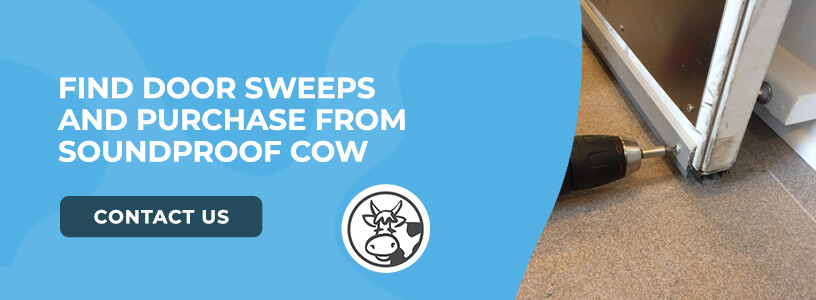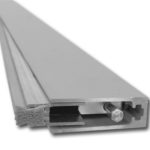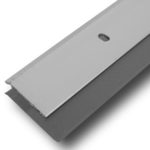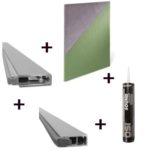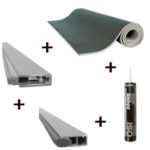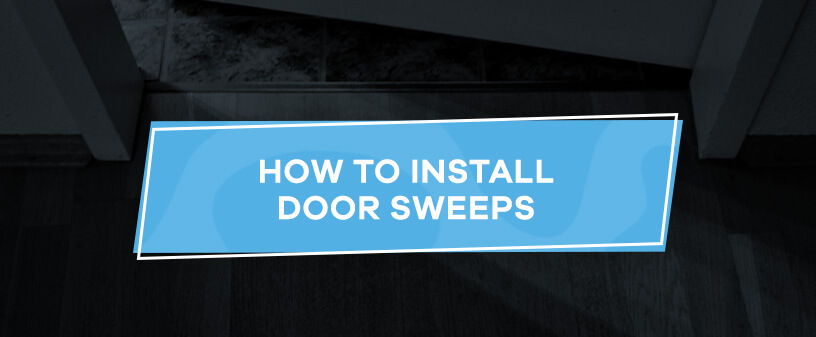
Door sweeps are valuable tools for controlling unwanted noise in residential and commercial spaces. These devices are easy to install, but it helps to have an idea of what you will need to successfully complete this project.
Consider this your guide on how to install a door sweep. Whether you are attaching a door sweep for the first time or replacing one, we will provide the details you need for neat and effective results.
What Are Door Sweeps?
A door sweep attaches to the bottom of an entry door. The accessories are designed to eliminate the gaps between doors and the floor beneath them. Doing this makes it harder for sound, pests, outside air and moisture to move from one place to another. Door sweeps are made of vinyl or aluminum and feature flexible brushes or rubber surfaces at the bottom to avoid making doors difficult to open and close.
Tools for Installing a Door Sweep
Gather the following tools to help with your door sweep installation:
- Straight edge
- Tape measure
- Utility knife
- Drill and bits
- Sandpaper
- Hacksaw
- Marker or pencil
- Cleaning supplies
Steps to Install or Replace a Door Sweep
All door sweeps are made differently. Always consult the manufacturer’s instructions for product-specific information. General steps for how to add or replace a door sweep are as follows.
- Clean the bottom of the entry door to remove dirt and grime.
- Unscrew and remove the old door sweep if applicable.
- Use a tape measure to measure the width of the door.
- Take this measurement and mark it on the door sweep frame.
- Trim the door sweep frame with a hacksaw to match the width of the door.
- Align the door sweep with the bottom of the door to verify the fitment.
- Look at the screw holes on the door sweep and mark their location on the door.
- Remove the door sweep from the bottom of the door.
- Drill pilot holes in your door to accommodate door sweep hardware.
- Place the door sweep back on the door and fasten it using the included hardware.
- Perform a few tests by opening and closing the door to check its clearance.
- Make any necessary adjustments to the height of the door sweep for smooth functionality.
Benefits of Installing a Soundproof Door Sweep
You can install a door sweep on doors of all sizes, materials and ages. The soundproofing experts at Soundproof Cow offer Quiet Door™ Sweeps that allow you to treat interior and exterior doors. Find solutions for your residential or commercial environment that provide multiple advantages:
- Reduce unwanted sound: Dampen the sound coming from a source on the opposite side of a door.
- Complete an easy, beginner-level project: Many people have the tools to complete a door sweep installation independently.
- Receive potential energy savings: Door sweeps make it harder for cool or warm air to enter or escape.
- Benefit from better security: Make it harder for people to push items under a door when you are away.
- Pair with door seals: Door sweeps help soundproof your door when matched with door seals that fit frames.
Find Door Sweeps and Purchase From Soundproof Cow
Soundproof Cow helps you take a solutions-based approach to sound reduction and acoustics projects.
Search our selection of door sweep and seal products and purchase from our site today.



